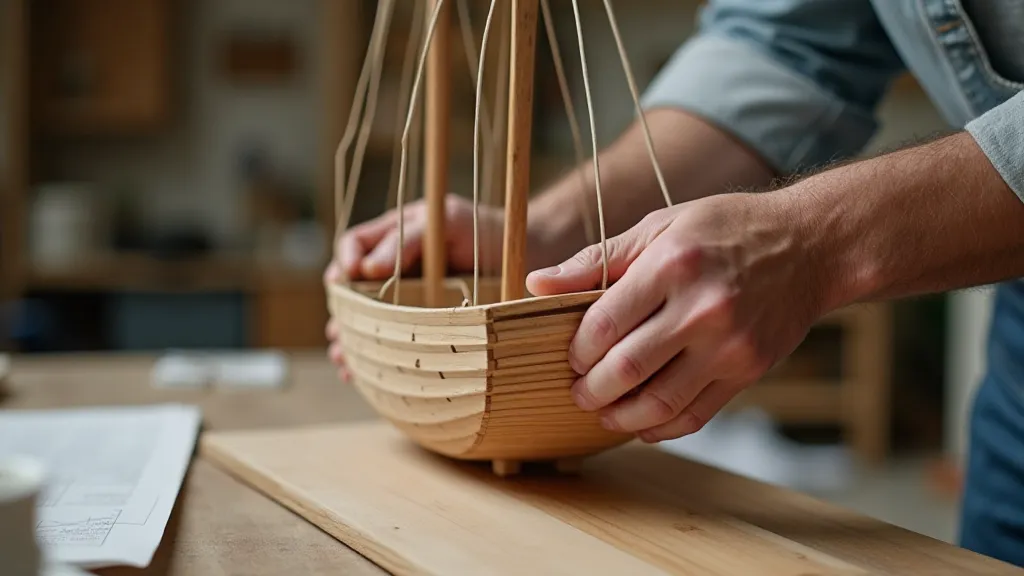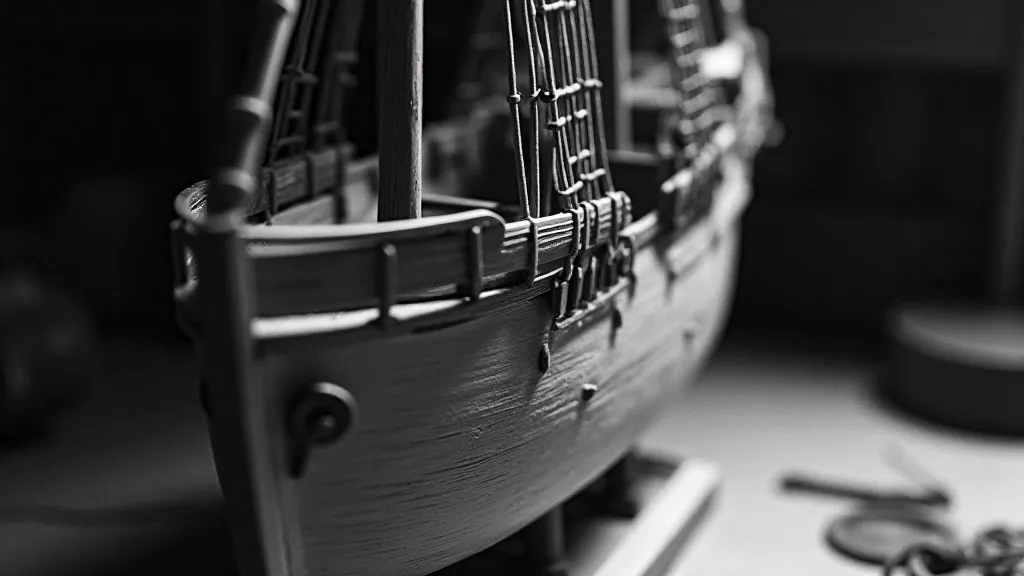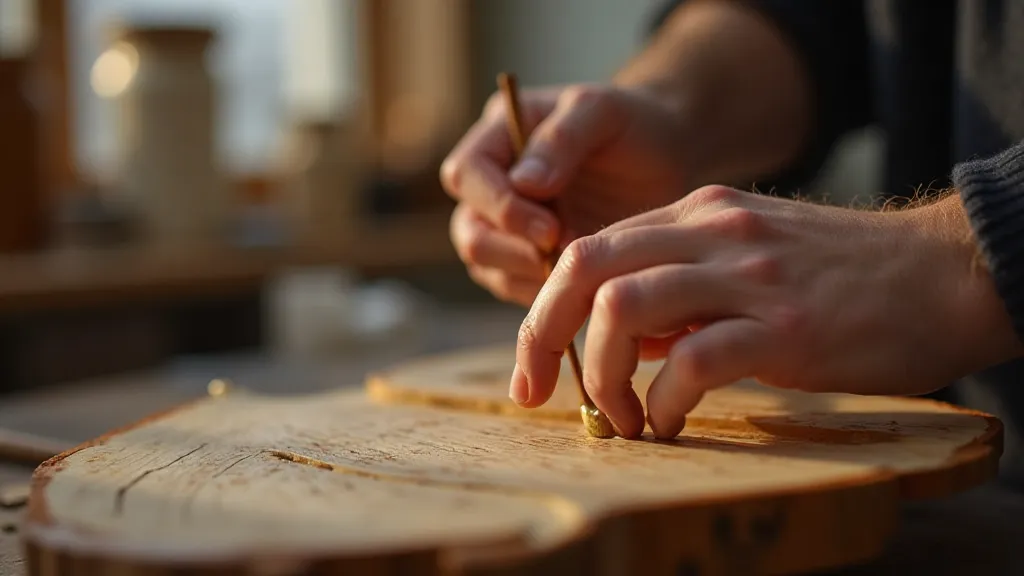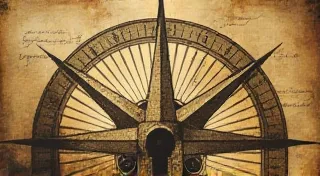The Cartographer's Ghost: Reconciling History and Hull
There's a peculiar melancholy that settles over me when I begin a new wooden model ship. It's not the frustration of intricate knotting or the inevitable splinter. It's a deeper, more profound feeling – the weight of history held in my hands, the echoes of lives lived and lost on the very vessels I'm attempting to recreate. Building a wooden model isn't just a craft; it's a form of respectful dialogue with the past, a delicate balancing act between historical accuracy and artistic interpretation, a conversation with the cartographer's ghost.
My fascination began with my grandfather, a quiet, meticulous man who spent his evenings painstakingly restoring antique accordions. He believed, with a quiet intensity, that each key held the memory of a player, a song, a place. He didn’t just repair them; he listened to them. I recall evenings spent in his workshop, the scent of wood glue and beeswax filling the air, as he coaxed melodies from these resurrected instruments. He’s gone now, but the feeling of reverence for a bygone era – the understanding that objects carry stories – has stayed with me.

The Burden of Accuracy
Building wooden models of historical ships presents a unique challenge. It's not enough to simply create a visually appealing object. There's a responsibility, an ethical consideration, in portraying history accurately. The blueprints, the illustrations, the accounts – they’re often incomplete, contradictory, or influenced by the biases of their creators. A ship's officer's log might describe a glorious victory, while a sailor’s personal letter could paint a grim picture of hardship and disease. How does the model builder reconcile these divergent perspectives?
Take, for instance, the restoration of the USS Constitution, "Old Ironsides." The original plans were… inadequate. Historians and naval architects spent decades researching, analyzing contemporary artwork, and even examining fragments of the original timber to piece together a more complete picture of the vessel. My own attempts to model smaller vessels are often plagued by similar uncertainties. A drawing might depict a particular type of rigging detail, but the description accompanying it is vague or missing altogether. Sometimes, it’s a matter of informed guesswork, of choosing the most plausible interpretation based on available evidence. Other times, it's acknowledging the gap in knowledge and marking it as an area of ongoing research.
The temptation to take artistic license is always present. A slight adjustment here, a cosmetic enhancement there – it can make the model look “better,” at least in a purely aesthetic sense. But does it betray the historical record? Does it disrespect the lives of those who sailed these ships?
The Human Toll of the Voyage
It’s easy to get lost in the technical details of ship building – the intricate dovetails, the precise angles, the complex rigging. But it’s crucial to remember that these vessels weren’t just objects; they were homes, workplaces, and, for many, tombs. The ships that dominated the 18th and 19th centuries – the frigates, brigs, and schooners – were integral to global trade, exploration, and, tragically, the transatlantic slave trade.
Building a model of a vessel involved in such a dark chapter of human history demands sensitivity and reflection. It's a reminder that the beauty of the design masks a painful reality. The shimmering masts and elegant lines represent not just a triumph of engineering, but also the exploitation and suffering of countless individuals. I find that pausing, reflecting on the human cost, helps to imbue the process with a deeper sense of purpose – a commitment to remembering, not just commemorating.

Craftsmanship and the Legacy of Skill
The act of building a wooden model is inherently a connection to the skills of past generations. Shipwrights were masters of their craft, possessing an intimate understanding of wood, rigging, and naval architecture. Modern model builders are, in a way, carrying on that legacy. While the tools and techniques may have evolved, the fundamental principles of craftsmanship remain the same: patience, precision, and a deep respect for the materials.
I’m often amazed by the level of detail that shipwrights achieved centuries ago, working with limited resources and often under incredibly challenging conditions. The quality of the joinery on a historic ship is astonishing. Replicating that level of craftsmanship in a model is a humbling experience. It forces me to slow down, to pay attention to every detail, to strive for excellence in every aspect of the build.
Furthermore, the choice of wood matters. While modern alternatives exist, I try to use historically accurate materials whenever possible. Mahogany, oak, and pine were the staples of naval construction, and using these woods helps to evoke the authenticity of the original vessel. The scent of freshly cut mahogany, for example, is a powerful sensory link to the past – a reminder of the forests that provided the raw materials for these magnificent ships.
Finding Balance: Accuracy and Artistry
Ultimately, the challenge lies in finding a balance between historical accuracy and artistic license. While striving for authenticity is paramount, it’s also important to acknowledge the limitations of the available information and to embrace the creative potential of the craft. Sometimes, a slight deviation from the historical record is acceptable – even desirable – if it enhances the overall aesthetic appeal of the model and allows for a deeper emotional connection to the subject.
Perhaps the most important thing is to approach the process with humility and respect. To remember that building a wooden model ship is not just about creating a miniature replica; it's about engaging with history, honoring the lives of those who sailed these vessels, and carrying on a legacy of skill and craftsmanship. As I gently sand the hull of my current project, I feel a connection not just to the ship itself, but to the cartographer’s ghost – a silent guide, a reminder of the weight of history held within my hands.






